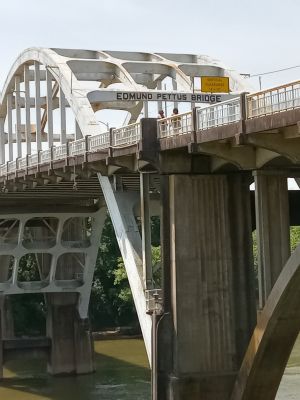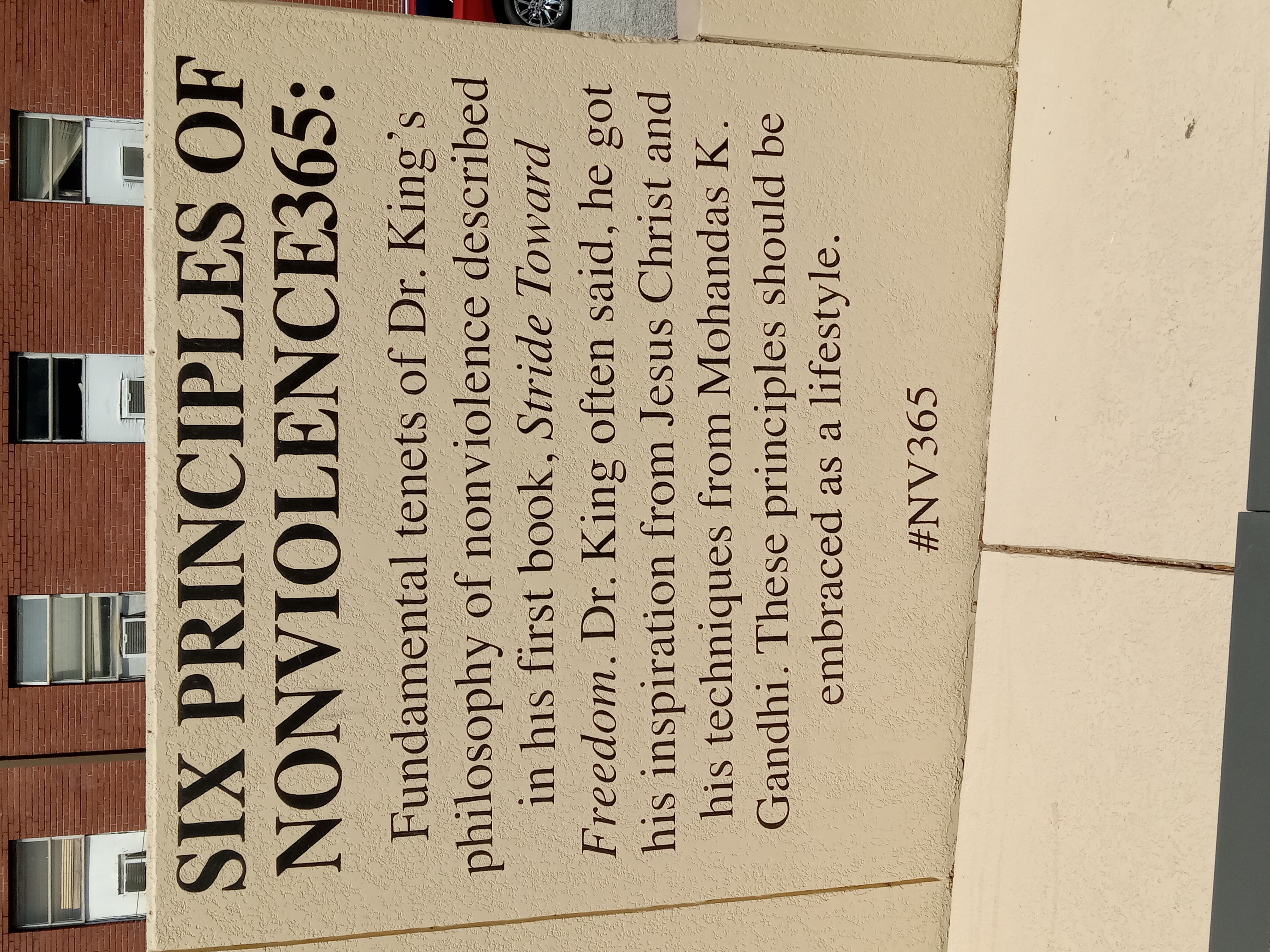July 3, 2023 at 8:45 a.m.
I love teaching.
Even after 31 years as an educator, it isn’t “getting old” as it continues to provide new challenges with each passing year.
One of the reasons I am so passionate about my chosen profession is that I also derive great enjoyment in learning. There are also the reasons that have become rather cliche such as I find teaching very rewarding, fulfilling, gratifying, satisfying…not to mention it has helped keep me feeling young.
After missing about three-quarters of this past school year - due to being engaged in a trying battle with pancreatic cancer - I was able to get back to school (in person) full-time shortly before spring break. Just like so many other parts of my life that I came to realize I had been taking for granted, I got back to my life with students with renewed passion and purpose.
I have been fortunate enough in my roles as a teacher, coach, club sponsor…to have had many different kinds of experiences with students over the past three decades. The experiences that happen outside the four walls of a classroom are oftentimes some of the ones I find the most impactful. They can make memories and teach lessons that can last a lifetime.
I’ve had the chance to take students to NYC (pre-9/11), Washington D.C. (a number of times), throughout Europe (Rome, Paris, London, Ireland, Wales…), and even down a portion of the California coast on Highway 1. However, none of them were quite like my most recent “adventure” with students. I was able to accompany four students on a trip saturated with pivotal places/moments from a turbulent era in our nation’s history. As an added bonus, we were also able to hear firsthand accounts regarding some of those events that happened 50-70 years ago.
A little over a month ago, those students and I were able to take a unique trip that could be described as a little “off the beaten path”. I don’t recall ever before taking a four-day trip that packed quite a punch to the conscience that this one did. It was arguably designed to do just that.
On Thursday, we flew out of Indianapolis headed south to Atlanta for what was sure to be an enjoyable, thought-provoking lesson in history as we embarked on our “Civil Rights Journey”. Upon arrival, we were slowly “broken in” - by our Tour Director - for the distinctive experiences that we were to take in over the course of the next three days.
Montgomery, Selma and Birmingham (Alabama) are not among your most typical “tourist type” destinations, but they comprised what would be a memorable experience for 20 high school students from Indiana - along with their five adult chaperones.
Thanks to a partnership between where I teach and the Simon Youth Foundation - along with a grant from the Indiana Department of Education - those 25 people were in for something special…
Our “journey” started in Montgomery, Alabama - the birthplace of the Civil Rights Movement and state capital of Alabama. It was there on December 1, 1955, that a Black seamstress by the name of Rosa Parks refused to vacate her seat in the “Colored” section of a public bus for a White passenger after the “White” section had filled up. In Montgomery, we heard the story of Parks - the “first lady of civil rights”. After learning more about the Montgomery Bus Boycott and the emergence of Martin Luther King, Jr. as arguably the most prominent figure of the Civil Rights movement, we traveled to The National Memorial for Peace and Justice. On the six-acre site, we walked through a sobering display of 800 six-foot monuments, one for each county in the United States where lynchings have taken place since the end of the Civil War. Each monument contains the names of those that were lynched in each county. I took particular time in reflecting on the names of lynching victims in a couple of counties in Indiana - the most recent of which I noticed were in 1930.
From there, we journeyed to the recently remodeled and expanded Legacy Museum - just across the street from Montgomery’s Minor League baseball stadium (whose mascot is the Biscuits). The displays there - largely laid out in chronological fashion - served as a sobering, moving experience for many of the students (as evidenced by the expressions on their faces and tears welling up in their eyes). The first two displays depicted what the trip to the Americas might have been like - for slaves - as they were packed in crowded ships while voyaging across a topsy-turvy sea.
On Saturday, we left for Selma. While there, we heard a first-hand account of “Bloody Sunday” from a lady that referred to herself as Ms. Bland. Ms. Bland addressed our Indiana contingent about her story of growing up in Selma and the significance of her hometown to the Civil Rights movement. As an 11-year old, she marched beside her 14-year old sister across the Edmund Pettus bridge on March 7, 1965. Her sister received 21 stitches in her head after being kicked in the head by a horse being ridden by a police officer. The 54-mile march from Selma to Montgomery went on to play a pivotal role in the movement. As a result of the non-violent march on behalf of the protesters, the Voting Rights Act was soon thereafter passed. An experience such as marching across a civil rights landmark - the Edmund Pettus bridge - was invaluable and gave real meaning to the phrases “bringing history to life” and “marching in the footsteps of those that came before us”.
 Edmund Pettus Bridge. Photo credit: Todd Grimes
Edmund Pettus Bridge. Photo credit: Todd GrimesAfter our emotionally moving morning in Selma, we departed for Birmingham. It was there we heard from Bishop Calvin Woods - a prominent civil rights leader and friend of Martin Luther King, Jr. Birmingham - largely acknowledged as being “the most segregated city in America” during the 50s and 60s - also played a vital role in the Civil Rights movement. The commissioner of public safety, Bull Connor, used his authority to order firemen to use hoses on protesters as officers used dogs to pursue and subdue nonviolent protesters in May 1965. It was also in Birmingham on September 15, 1963, that members of the Ku Klux Klan bombed the 16th Street Baptist Church that resulted in the death of four girls.
One student told me that “being able to see the places I’ve read about and seen pictures and videos of and hearing from people that lived through it really made me think about why it is important to know about our history.”
After our whirlwind previous 2 ½ days, we spent our last day back where we started - in Atlanta. Some of our Indiana contingent went to Sunday morning service at Ebenezer Baptist Church - where Martin Luther King, Jr. and his father once preached (and lived right down the street). The current preacher at Ebenezer Baptist is Dr. Raphael Warnock - who also happens to be one of Georgia’s U.S. Senators. While in Atlanta, we also visited the King Center and the Auburn Street neighborhood where King was born, preached and is buried.
 Photo credit: Todd Grimes
Photo credit: Todd GrimesSure, we had moments mixed in - like a couple of stops at a Buc-ee’s (known for being a LARGE convenience store/truck stop) - to “lighten the mood” as students were able to shop for everything from a massive variety of fudge flavors to numerous choices of beef jerky to different neck pillows for our long bus rides. However, there is no doubt the overarching purpose of this trip was to enrich/enlighten and spark the curiosity of not only students, but also adults.
As a teacher, it was great to witness students converse with one another regarding what they were learning about. Most of the places we visited and people we heard from resulted in many different “takeaways” on behalf of the students. In spite of their different understandings/opinions, conversations remained civil (though passionate). In fact, I even overheard a discussion among several students centered around the question of why people can’t seem to respect one another anymore if they have a viewpoint different from their own.
There’s a lot to be learned from younger generations, if - as adults - we would just take the time to listen. Sometimes it isn’t the specific subject at hand that provides the most powerful lessons. Often, it is more about the process and how we engage with one another. Those kids readily acknowledged they disagreed with one another. However, they were able to talk through it and remain friends.
Lessons like that are why I love teaching (and learning)...

